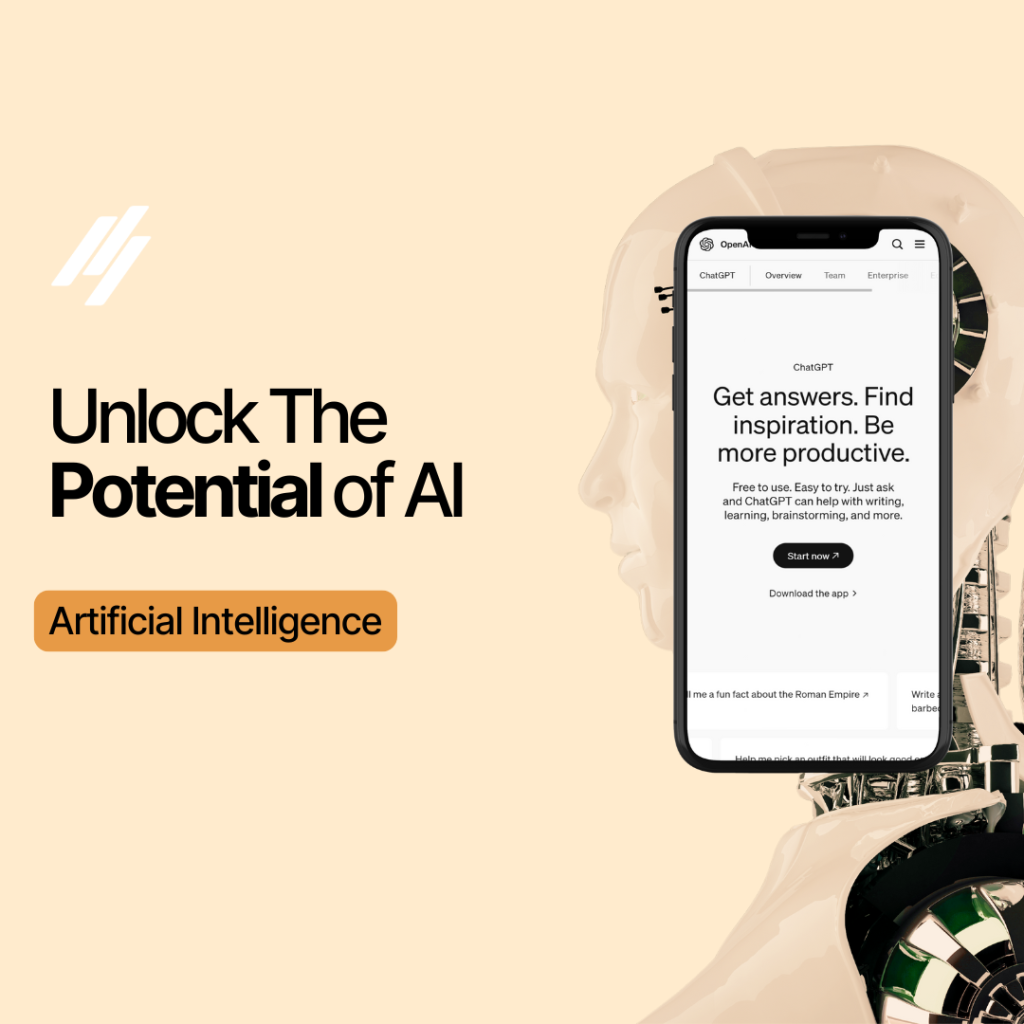Maximise eCommerce Sales with AI: The Ultimate Guide to Data-Driven CRO

Unlock the power of artificial intelligence for smarter conversion rate optimisation
How AI tools personalise the customer experience
People love feeling special, and AI knows exactly how to pull that off. When customers visit an online store, they want to find what they’re after quickly and efficiently. AI tools can recommend products based on a logged history of visits, clicks, and even past purchases. Not only does this reduce the friction in the buying process—it increases customer satisfaction and retention.
Let’s say you’re shopping for trainers online. You spend a few minutes browsing, and exit the site, but when you return, the products you previously viewed are already waiting for you on the homepage. And when AI makes recommendations, it’s not just guesswork. It’s backed by data, considering other users’ behaviours with similar patterns. The potential for boosting sales becomes monumental.
We, here at Proof3, know that this type of personalisation helps online retailers not only stand out but also build stronger customer relationships. Personalisation is so essential that research shows 80% of customers are more likely to shop with a business that offers a tailored online experience.
Boost your eCommerce site’s user experience with AI recommendations
Adopt AI-driven A/B testing to find winning tweaks
Use AI for predictive analytics and sales forecasting
Automate dynamic pricing strategies using AI
Dynamic pricing is all about adjusting prices in real time based on a range of factors like customer demand, competitor prices, and product availability. AI showcases its genius here through automation. Traditional pricing strategies may lag behind market trends, whereas AI-driven approaches uphold competitiveness and maximise profit margins.
Consider the success of major online giants—AI can update prices as frequently as the market shifts, ensuring maximum profitability. If a competitor lowers the price of a similar product by 10%, AI instantly adjusts your pricing to remain appealing but profitable. It’s almost like having a personal pricing assistant working 24/7.
Streamline processes with AI chatbots and virtual assistants
Chatbots and AI-driven virtual assistants are no longer the clunky, frustrating robots they once were. Today, they provide quick, accurate answers, freeing up staff to focus on other areas. It’s like having a full-time customer service representative with limitless capabilities, working around the clock.
When integrated into eCommerce sites, chatbots can do much more—helping customers with product inquiries, and returns, or even guiding them through the checkout process. If a visitor gets stuck or confused, a chatbot can intervene and assist within seconds.
Improve customer segmentation with AI for laser-targeted marketing
Customer segmentation is a must, but doing it effectively can be hard. AI makes this simpler by scouring through mountains of data to create highly refined customer groups based on behaviour, demographics, past purchases, and user personas. Once in place, you can deliver focused marketing campaigns that speak directly to their individual needs.
Picture this scenario: AI recognises that your 18-25-year-old user segment is only purchasing during flash sales, while your 30-40-year-olds are buying full-priced items. Armed with this knowledge, your marketing team can craft hyper-targeted messaging that connects beyond basic demographics and more about who they genuinely are.